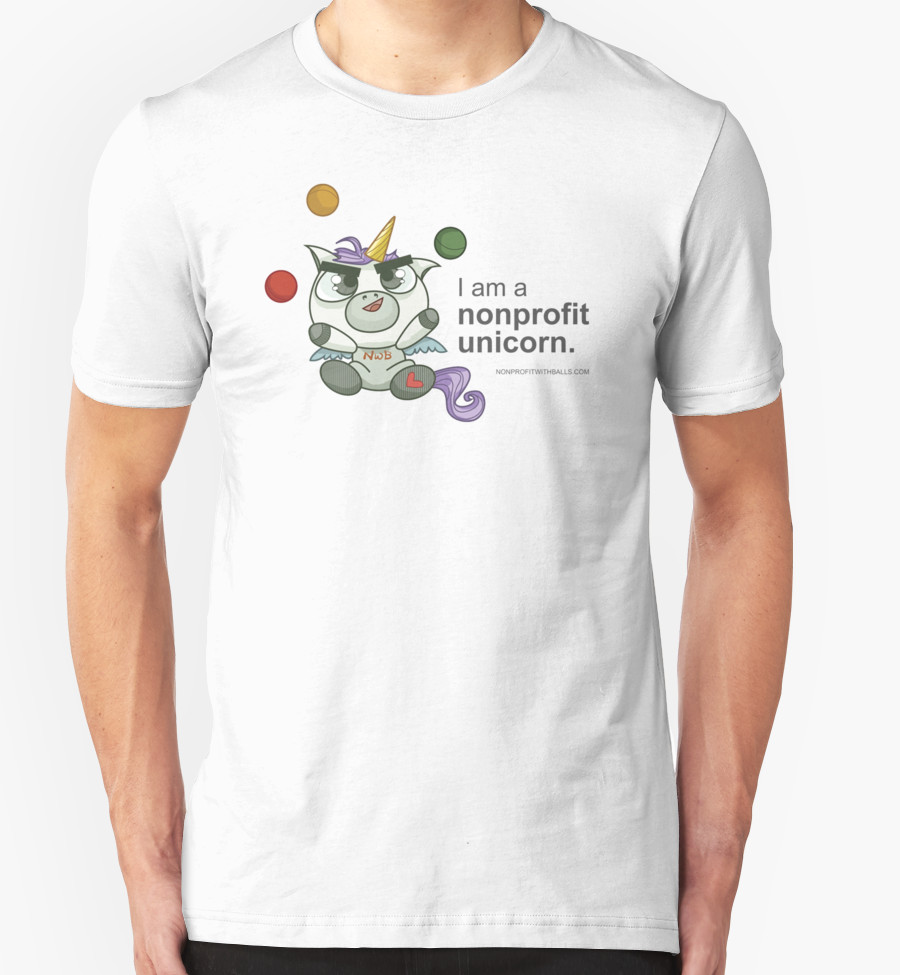 Hi everyone. Thank you to all who participated in NWB’s first-ever nonprofit poetry contest. This weekend, the two other judges (Nate Thomas of Rainier Beach Action Coalition, and Rainier Valley Corps Fellow, and Jody Schreffler of Nonstop Wellness, the contest’s sponsor, who is providing the cash prizes) and I spent hours reading through the 260 entries we received. We had no idea what to expect, but we all left this experience feeling grateful and inspired, even moved.
Hi everyone. Thank you to all who participated in NWB’s first-ever nonprofit poetry contest. This weekend, the two other judges (Nate Thomas of Rainier Beach Action Coalition, and Rainier Valley Corps Fellow, and Jody Schreffler of Nonstop Wellness, the contest’s sponsor, who is providing the cash prizes) and I spent hours reading through the 260 entries we received. We had no idea what to expect, but we all left this experience feeling grateful and inspired, even moved.
Some of the poems were hilarious. Some were bitter. Some were hilarious and bitter. Others were touching. A few were hysterically crass or vulgar. Many poems taught us a something new, made us think. Clearly we have a lot of talented poets in our sector, with many of us sublimating our artistic talents so we can keep our organizations and programs running.
This was an incredibly difficult task to choose 3 winners among the 260. At the end, we chose poems that revealed a glimpse into our sector, that made us think and feel some sort of emotion, that haunted us, even if we don’t agree with the content. They are below, after a list of honorable mentions. Nate, Jody, and I admit that our system is not perfect, and that if we reread the entries again, our reactions to the poems may change completely. That’s the wonderful nature of poetry though, in that different poems affect us differently in different times and circumstances. So if you don’t see your poem below, please know that this is not a reflection on how awesome you are. There were many beautiful poems that are not included here. It was a tough and painful decision, and the judges didn’t agree on everything. What we all did agree on, though, was how grateful we are that you took time from your work of making the world better to share your art with us.Continue reading →





